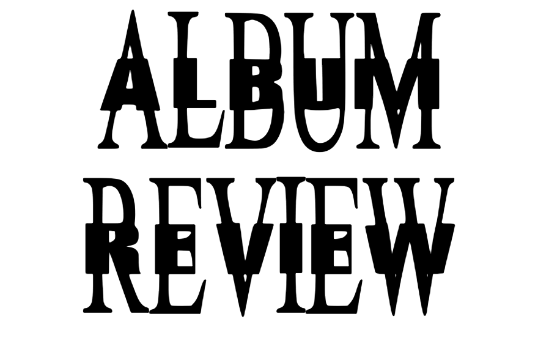With the elections coming around toward the end of the year we hear that one phrase echoed, “making America great again.” Never though do they really state at what period they wish to resemble. So in this piece we shall look throughout US history and examine if there was really ever a time where life seemed to have been better.
First we start with the birth of the country, the years of the early republic after the American Revolution ended in 1783. When the US first formed the government allowed for states to decide their own voting requirements. Most states had limitations such as having to be a white male and needing property of a certain value. These limitations meant that the vast majority of the population was ineligible to vote.
Now whilst these limitations would begin to lessen over the coming decades, most still would bar women and minorities from voting. People often forget that at the time groups like the Irish, Spanish, Italians, and Greeks were not considered white by many states and even the government.
Let’s also not forget that there was a large population of African Americans who were enslaved. On the topic of slavery, which was a fundamental part of life for many people. A system which stated that your skin colour determined whether or not you should be considered a human being.
There was also the issue of child labour for most of US history, in which children where put under high mortality situations. Kids as young as 5, and even sometimes younger, would be seen in mining in coal shafts, handling deadly textile machinery, and even being put down chimneys in order to clean them.The use of child labour only really start to be slow fazed out from the 1930s onward.
To begin with, both women and African Americans, along with other minorities, were allowed to in practice to vote by the 1940s. However the “Jim Crow Laws” in much of the south made it to where African Americans were still finding difficulties in not only voting but also in gaining a decent job and education. Their is also the Circular #3591 introduced by FDR in 1941, this officially made involuntary servitude and slavery illegal in the whole of the USA.
I think that most people would agree though that perhaps pre-Civil War or pre-Reconstruction (roughly 1783-1877) was not the greatest point of US history. When people do point out a time it is usually the 50s to the 60s. So let’s now look at this time period in full detail.
Let’s not forget though what defined the 50s and 60s, the Civil Rights movement. Decades after the Civil War, and a few years after Circular #3591, many African Americans and other minorities were still being barred from voting and were being discriminated against at large. Not only to mention that this period was one of the scariest to be alive in general, with fear of a nuclear war and the total annihilation of humanity.
Throughout the whole of the Cold War we saw the USA take part in propping up ruthless dictators, and even cracking down hard on any decent within the USA. Just think of the Civil Rights Movement or the anti-war protest, both of which would sometimes be put down rather violently. For this period saw the US still use the National Guard at large, which led to the death of hundreds of people simply because the military does not make a grand police force.
Only very recently in not only the USA’s history, but also the rest of the world’s, have we seen a semblance of stability in the world. Just think, whilst we still have pockets of discrimination at large, generally we are approaching equality in the world. Also, despite 2023 being the first year to have more conflicts than the previous year since the end of World War II; the overall trend is fewer conflicts every year.
Overall too, looking back, we seem to sometimes forget how far medicine has got us. Look at the Victoria Age (1837-1901) when the average family in the USA would have around 10 or so kids; however, most of the time only 2 or 3 of that 10 would ever see it past their 18th birthday.
Not also to mention that common illnesses such as the flu, whilst being maybe a minor nuisance today, was almost a certain death sentence back then. One which was most of the time long and extremely painful. Let us not forget that just a little over a hundred years ago we saw influenza kill a roughly estimated 50 to 100 million people according to some recent estimates.
Now with all that said I am not saying that the time in which we are living in is the best. Compared to what we have had in the past though, but the present is the freest and most prosperous time we have had thus far for humanity. This is for throughout our history as a species we have slowly, yet steadily, progressed toward a world more equal, free, and filled with less misery.
Thus my final statement is to say that we should not look backwards in search of something in which we never lived through, and is more often than not just an imagination of the mind. We should continue to look forward toward a better society, like we have done throughout our history. It is easy to fantasise about “the good old days”, but those days when looked at closely were no better than the present. There are many problems of today, many of which are not our own doing, but none of them will be solved if we look towards the past.













